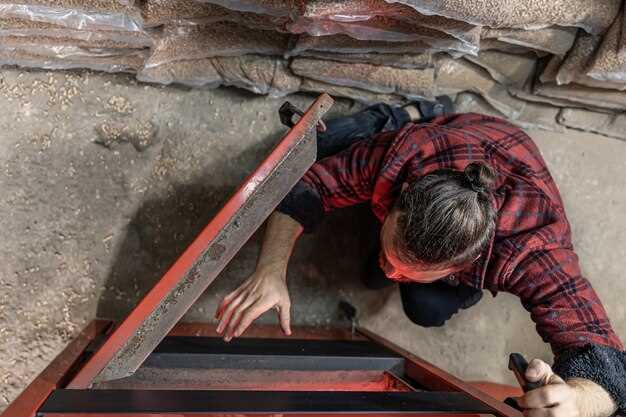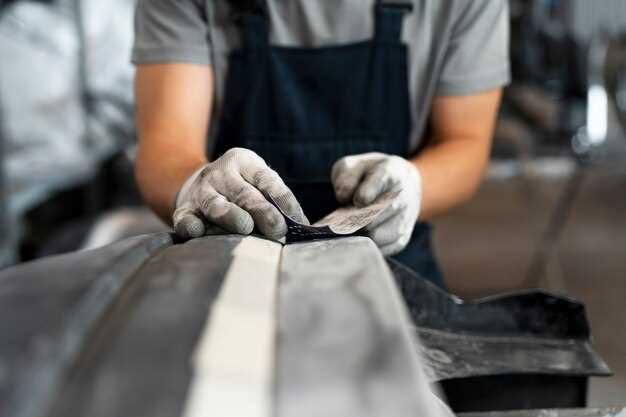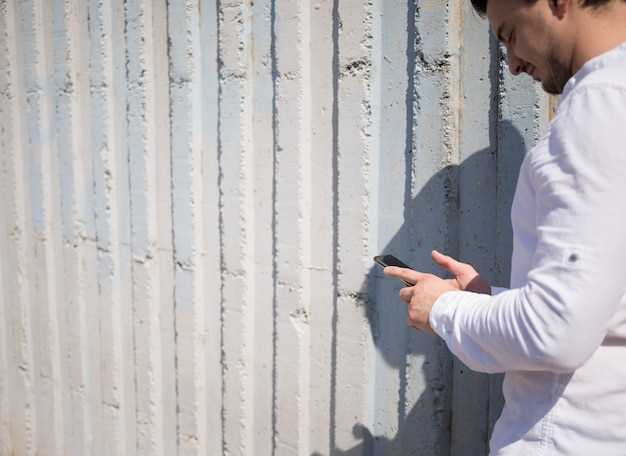
Installing a tonneau cover on your truck can significantly enhance both its functionality and appearance. These covers provide security for your cargo, improve fuel efficiency, and protect your belongings from the elements. Whether you’re a seasoned DIY enthusiast or a first-time installer, following a systematic approach will ensure a successful installation process.
This guide aims to walk you through each step necessary for installing a tonneau cover efficiently. We’ll explore various types of tonneau covers, the essential tools you’ll need, and provide a clear, detailed, and easy-to-follow process. With the right preparation and a little patience, you’ll master the art of tonneau cover installation in no time.
Before diving into the installation, it’s crucial to choose the right type of tonneau cover for your truck’s make and model. Understanding the differences between hard and soft covers, as well as folding and roll-up designs, will aid you in making an informed decision. Once you’ve selected the ideal cover, the next steps will guide you in channeling your inner mechanic to achieve a seamless fit.
Choosing the Right Tonneau Cover for Your Truck

Selecting the appropriate tonneau cover for your truck involves considering several key factors, such as material, style, and functionality. Understanding these elements will help you make an informed decision that suits your needs and enhances your vehicle’s utility.
First, evaluate the material options available. Common choices include vinyl, aluminum, and hard plastic. Vinyl covers are lightweight, easy to install, and provide basic protection against weather elements. Aluminum covers offer increased durability and security, ideal for those who need a robust solution. Hard plastic tonneau covers are also durable and often come with a painted finish that complements your truck’s appearance.
Next, consider the style of the tonneau cover. There are several types to choose from, including roll-up, folding, retractable, and hinged covers. Roll-up covers are simple to use and provide easy access to the truck bed. Folding covers offer the flexibility of opening partially or fully, while retractable covers slide back on tracks for convenient access. Hinged covers typically provide a solid surface and can be locked for added security.
Functionality is another crucial aspect to consider. Some tonneau covers offer added features, such as integrated racks for carrying larger items, built-in weather seals for enhanced protection, and simple installation processes. Assess your typical cargo needs and how often you require access to the truck bed to determine which features are most beneficial for you.
Finally, ensure that the tonneau cover you choose is compatible with your specific truck make and model. Many manufacturers provide compatibility information to help you select the right fit. Measure your truck bed to verify dimensions and avoid any sizing issues during installation.
By taking into account the material, style, functionality, and compatibility of the tonneau cover, you can make a choice that not only protects your cargo but also enhances the overall look and efficiency of your truck.
Tools and Materials Needed for Installation

Installing a tonneau cover requires specific tools and materials to ensure a successful and efficient process. Below is a list of essential items needed for the installation.
Tools:
1. Screwdriver Set: A basic set of screwdrivers, including both flat-head and Phillips, is necessary for securing fasteners.
2. Wrench or Socket Set: Depending on the type of fasteners included with your tonneau cover, a wrench or socket set may be needed for tightening or loosening bolts.
3. Pliers: Needle-nose or standard pliers may be useful for gripping and manipulating small parts and fasteners.
4. Drill: If pre-drilled holes are not present and additional holes are required, a drill will be necessary. An appropriate drill bit size should match the fasteners used.
5. Level: A level tool helps to ensure that the tonneau cover is installed evenly and securely, preventing gaps that could affect performance.
6. Tape Measure: Accurate measurements are crucial for proper placement and alignment of the tonneau cover. A tape measure will assist in ensuring that all dimensions are correct.
7. Rubber Mallet: A rubber mallet can be used to gently tap parts into place without damaging them during installation.
Materials:
1. Tonneau Cover: The primary material required is the tonneau cover itself, which may vary in style and material (soft, hard, retractable, or folding).
2. Fasteners: Make sure to have all necessary screws, bolts, nuts, and clips that come with the tonneau cover. Verify that they are compatible with your vehicle.
3. Weatherstripping (if applicable): Some installations may require weatherstripping for a watertight seal, especially in harsher climates.
4. Sealant (if needed): Depending on the cover type, a silicone sealant can offer additional protection against water intrusion.
5. Instruction Manual: Having the manufacturer’s installation guide is crucial to follow the specific steps for your tonneau cover model.
With the right tools and materials on hand, you can ensure a smooth installation process, achieving optimal functionality and protection for your truck bed.
Step-by-Step Installation Process of a Tonneau Cover
Installing a tonneau cover is a straightforward process that can enhance the functionality and appearance of your truck. Follow these steps to ensure a proper installation.
-
Gather Your Tools and Materials:
- Tonneau cover
- Measuring tape
- Ratchet set or wrench
- Level
- Cleaning cloth
-
Clean the Truck Bed:
Before installation, thoroughly clean your truck bed. Remove any dirt, debris, and previous accessories to ensure a proper seal and fit.
-
Measure Your Truck Bed:
Use a measuring tape to confirm the dimensions of your truck bed. This ensures that the tonneau cover is compatible and will fit correctly.
-
Position the Tonneau Cover:
Carefully place the tonneau cover over the truck bed. Align it with the front and side edges to make sure it fits properly.
-
Install the Side Rails:
Attach the side rails according to the manufacturer’s instructions. These typically come with clamps or brackets that secure them to the truck bed.
- Ensure they are level and even on both sides.
- Tighten the clamps firmly to hold the rails in place.
-
Attach the Cover:
Once the side rails are secured, proceed to attach the tonneau cover itself. This may involve sliding it into tracks or securing it with fasteners.
- Verify that the cover is evenly positioned and adjust as needed.
- Secure all fasteners tightly to prevent movement.
-
Check for Proper Fit:
Inspect the installation to ensure the cover fits snugly and seals properly around the edges. Close and open the cover to confirm smooth operation.
-
Final Adjustments:
Make any necessary adjustments to improve fit and finish. Check for any gaps that might allow water or debris to enter the truck bed.
-
Perform a Test:
After installation, take your truck for a short drive with the tonneau cover in place to test stability and secure fitting over bumps and turns.
Following these steps will ensure a successful installation of your tonneau cover, providing both utility and style to your truck.




